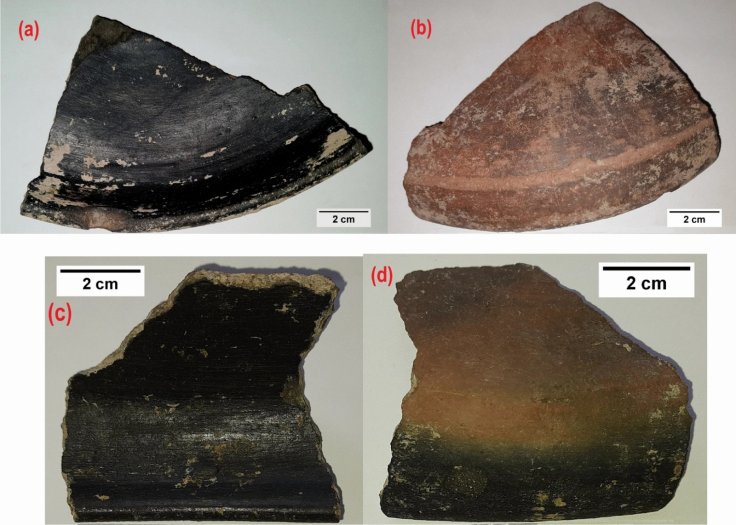A recently published study revealed that in the inner wall of pottery shreds excavated from Keeladi, in India's southern state Tamil Nadu, dated to 600 BC, the researchers found unique black coatings, which turned out to be carbon nanotubes (CNTs).
To understand the nature of the coating researchers used Raman spectroscopy, transmission electron microscopy, and X-ray photoelectron spectroscopy. The analysis revealed that the coatings are made of CNTs—tubular structures of carbon atoms arranged in an ordered manner—that have enabled the layer to last over 2600 years.
The findings have raised questions about the tool used during ancient times in India to achieve high temperatures for making such earthenwares. The scientists who conducted the analysis said that the coatings are "the oldest nanostructures observed till now".
Unexpected Discovery

Vijayanand Chandrasekaran, the co-author of the study from the Vellore Institute of Technology (VIT) in Tamil Nadu said, "Until this discovery, to our knowledge, the most ancient known nanostructures in human-made artifacts are from the eighth or ninth century AD."
Usually, the coating doesn't last this long on ancient artifacts because of changing conditions over the years. But the robust mechanical properties of CNT based coating helped these artifacts to keep the layer intact.
In the study, researchers noted that "the most interesting factor is the smoothness also preserved with less degradation. Among the shards inspected, some pieces still retaining the smooth shiny surface intact".
But M. M. Shaijumon, a nanomaterial scientist from IISER Thiruvananthapuram in India who is not related to the research said that the people who created this pottery may not have intentionally added the coating of CNTs, instead, "during the processing at high temperatures, these would have just formed accidentally".
However, as per Chandrasekaran, the closest explanation for the finding is that some "vegetal fluid or extract" might have been used in the coatings that possibly caused the formation of CNTs during high-temperature processing, which is well known by the ancient Tamil civilization.
Rajavelu S, Professor of History at Alagappa University in Tamil Nadu, who was unrelated to the study said that these ancient pots do not look like usual earthenwares, as these have glazed finishes, and are made of high-quality clay. Earlier also a lot of shards have been found from Keeladi, and some of them dating back even as early as 900 BCE.









